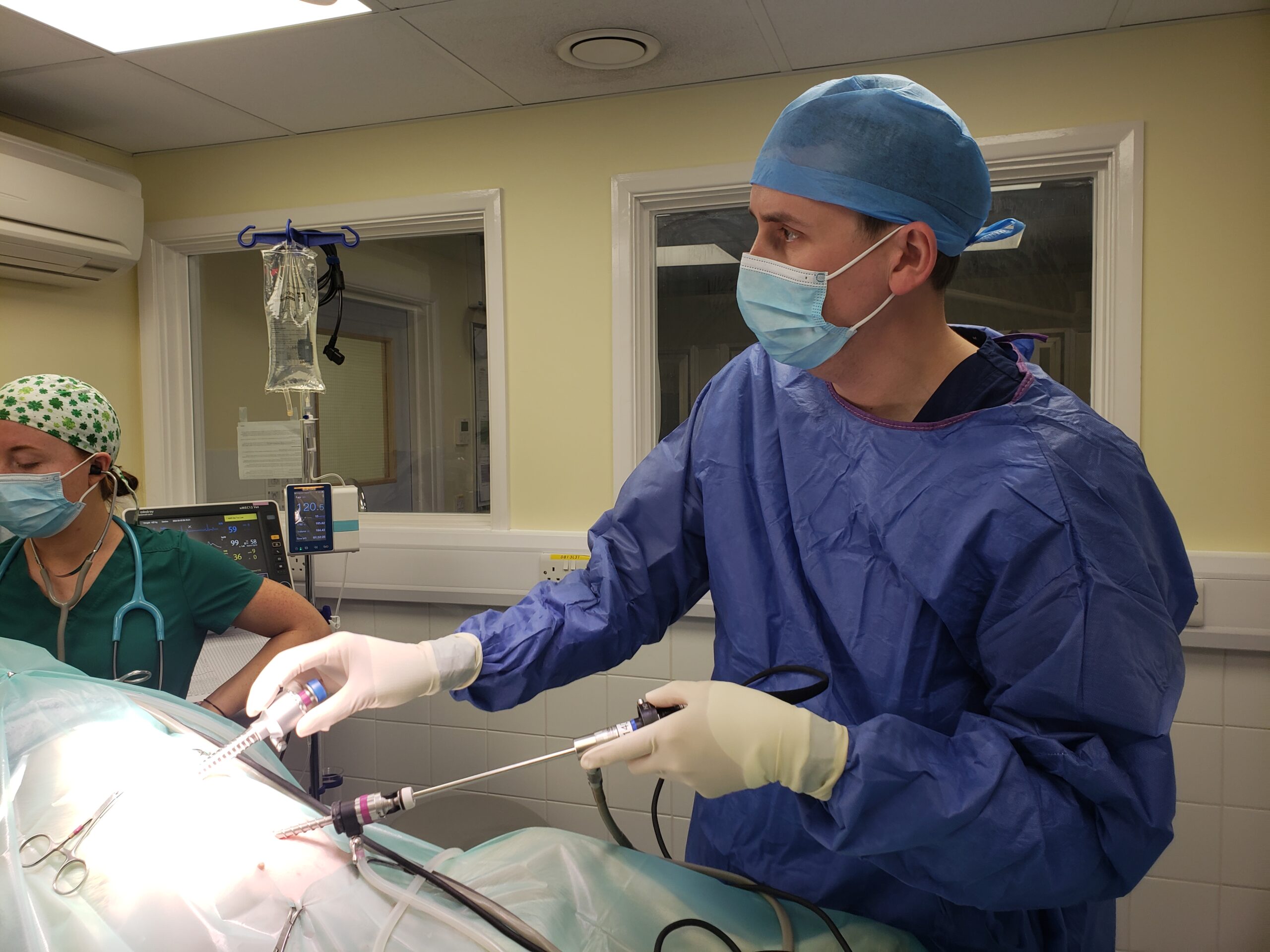Laparoscopic Surgery at Coastway Vets
We are very proud to be able to offer keyhole surgery!
Keyhole (laparoscopic) surgery is a minimally invasive surgery, which involves passing a camera and specialised instruments through small (0.5-1cm) incisions in the body wall, to perform surgical procedures.
You may be aware of the many reported advantages of keyhole surgery for people and we believe the same is true for pets.
We are very proud to be able to offer keyhole surgery!
Keyhole (laparoscopic) surgery is a minimally invasive surgery, which involves passing a camera and specialised instruments through small (0.5-1cm) incisions in the body wall, to perform surgical procedures.
You may be aware of the many reported advantages of keyhole surgery for people and we believe the same is true for pets.


